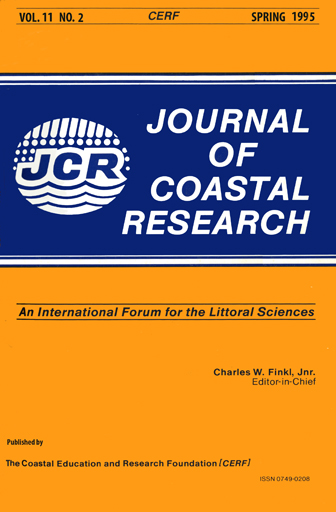The Effects of the Holocene Sea Level Rise on the Evolution of the Southeastern Coast of the Canadian Beaufort Sea
Keywords:
Beaufort Sea coast, Holocene, relative sea level rise, transgressive stratigraphyAbstract
In the Canadian Beaufort Sea, relative sea level (RSL) rose during the Holocene from approximately -70m to its present position. The rate of RSL rise during the early Holocene was on the order of 4 to 5 mm a-1, and then increased to 7 to 14 mm a-1 during the mid-Holocene. Over the last 3,000 years, the rate of RSL rise slowed markedly, approaching the present at an average rate of less than 3 mm a-1. The Holocene rise of RSL induced coastal retreat and resulted in the formation of coastal embayments, formed by the breaching of thermokarst lakes. The transgression was also responsible for the development of spits and barrier islands. Modern barriers are retreating landward, in response to overwash processes, contributing to infill shallow breached lake/lagoons. High-resolution seismic profiles from the inner shelf suggest that this process of lagoon infilling by landward-migrating barriers began to occur during the middle Holocene, perhaps earlier. While the coastline was retreating, the shoreface experienced erosional retreat. The depth of shoreface erosion seems to have been less during the mid-Holocene due to high rates of RSL rise, a condition favorable to the preservation of coastal lithosomes on the continental shelf.


